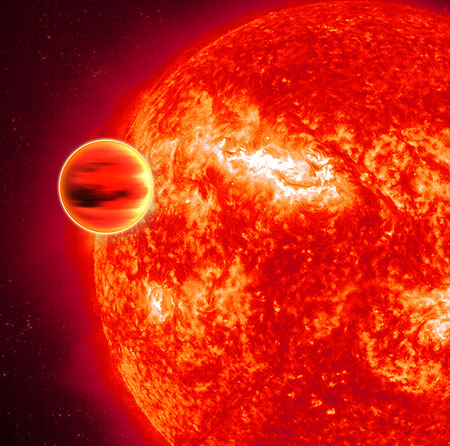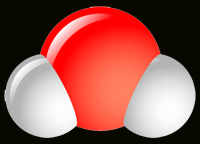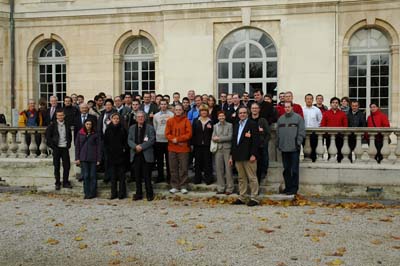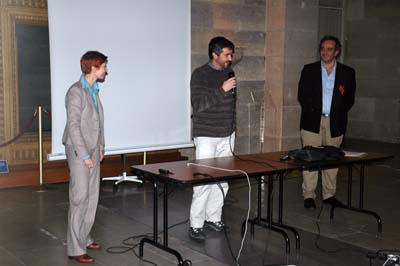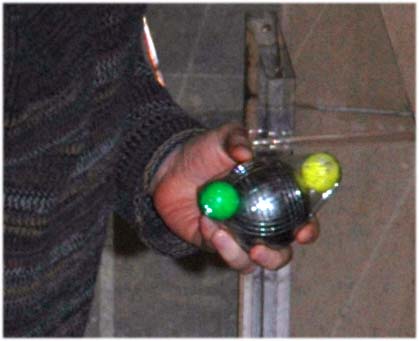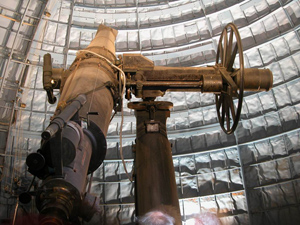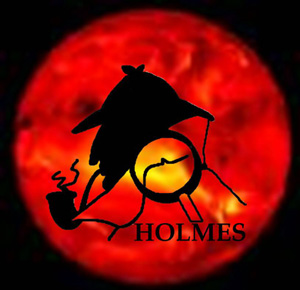|
Atmospheres of ExtrasolarPlanets
Salle Cassini, Observatoire de Paris, November 19-21 2008 Credit ESA - C Carreau |
|
Preparing your contribution to the proceedings Scientific program of the November 19-21, 2008 workshop. Program and abstracts in one word document Results of the blind wine tasting
Group photo, friday November 21.
Mark Swain announcing that the next "molecules in the atmospheres of extrasolar planets" will be organised by JPL within two years time. He has been given "the molecule"... |
|
Exoplanets are being discovered at an ever accelerating pace. As a result planetary scientists and astronomers are increasingly called upon to make the transition from discovery to characterization, so that we can begin the long journey of understanding these planets in the same way that we understand those in our own Solar System. Among the known exoplanets, hot-Jupiters and hot-Neptunes that transit their parent stars present the first real opportunities to determine key compositional and atmospheric parameters.
The atmospheres of transiting hot-Jupiters are now starting to be probed for water vapour, carbon/nitrogen/sulphur bearing molecules. The results will provide us with a first insight on the photochemical composition and escape processes on the atmospheres of hot-Jupiters, and pave the way to do such studies on hot-Neptunes, super-Earths, and finally Earth-mass planets. This is a necessary step before proceeding with the study of cooler planets.
The workshop aims at bringing together different scientific communities : solar system planetary scientists, brown dwarf and exoplanet modellers and observers, molecular spectroscopy and instrument development experts. We will cover different topics : radiative transfer, line lists, photochemical models, dynamics, observations using ground based facilities (high-resolution spectroscopy in the optical and in the IR), and space-based observations. Present days results will be discussed in the context of the preparation of upcoming warm SPITZER, JWST, SPICA, and the next generation of direct detection mission concepts from ground and space.
|
|
Scientific Organising Committee : J.P. Beaulieu (co-chair), T. Guillot, H. Lammer, D. Latham, D. Lin, J.P. Maillard, I. Ribas (co-chair), J. Schneider, F. Selsis, J. Tennyson, G. Tinetti (co-chair), S. Udry.
Local Organising Committee : S. Dieters, V. Batista, D. Kipping
Location : Salle Cassini, Observatoire Paris, Paris, France. Credit NASA
|
|
Registration remains opened : Register now ! You are welcome to attend the workshop ! To do that, please register (until November 14). Feel free to propose a poster contribution. We will have plenty of space to display them all !
Hotels : list of hotels within walking distance. Going to workshop : maps and directions, the salle Cassini.
Dates : November 19-21, 2008. 0815-1900 Social events : reception held on November 20, from 1930-2300. A blind wine tasting event will be organized during the reception. A visit of the old observatoire de Paris will be organised by Danielle Briot, and if the skies are clear, we should be able to observe using a 1855 refractor, the "lunette Arago".
|
|
Sponsors :
Programme "Origines des plančtes et de la vie".
|
